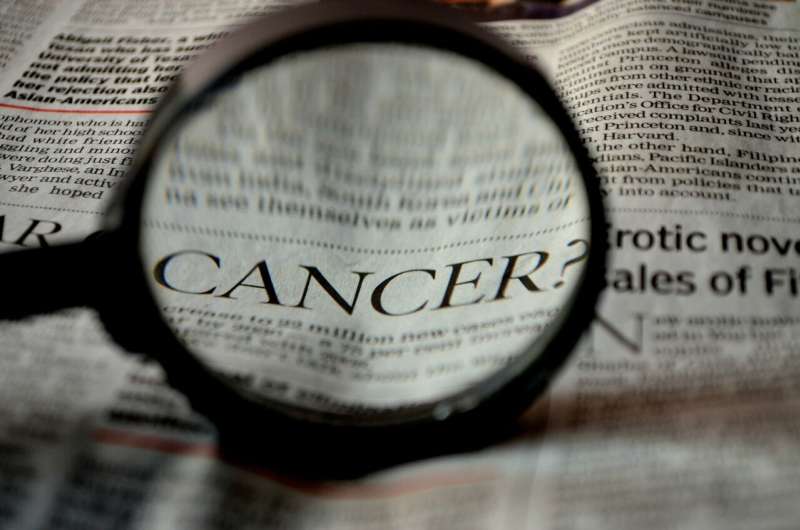Credit: CC0 Public Domain
Lung cancer is the leading cause of cancer death in the United States and approximately 75-80 percent of all cases are non-small cell lung cancer (NSCLC). Of these, 30 to 40 percent are considered locally advanced and are categorized as either Stage IIIA or IIIB. The currently accepted standard of care for patients with locally advanced NSCLC is radiation plus chemotherapy, which is known as chemoradiation. In recent years, most research has focused on which chemotherapy drugs to use in chemoradiation, and how to properly integrate them with the radiation component of therapy. Less attention has been given to optimizing the radiation therapy component. Indeed, the nationally accepted standard radiation prescription dose has remained at the same level (60-63 Gy) for more than 30 years.
In light of this, a research team led by Jeffrey D. Bradley, MD, from Winship Cancer Institute at Emory University/ Department of Radiation Oncology, set out to test whether higher doses of radiation would kill more cancer cells, and thus result in better patient survival. The researchers also explored whether adding the drug cetuximab, to the chemoradiation regimen conferred a benefit, as a previous study indicated that this drug could extend survival in certain patients with NSCLC. To their surprise, the researchers found that neither of the tested alternatives—increased doses of radiation or the addition of cetuximab—was superior to standard of care chemoradiation.
The study, "Long-Term results of NRG Oncology RTOG 0617; Comparing Standard Versus High Dose Chemoradiotherapy +/- Cetuximab for Unresectable Stage III Non-Small Cell Lung Cancer," published in the Journal of Clinical Oncology compared standard-dose (SD)(60 Gy) versus high-dose (HD)(74 Gy) radiation with concurrent chemotherapy and determined the efficacy of cetuximab for Stage III NSCLC. This 2 x 2 factorial design, with radiation dose as one factor and cetuximab as the other, had overall survival as the primary endpoint.
In an analysis of the study's 496 patients, the five-year overall survival estimate for the standard radiation dose arm of the study, with or without cetuximab delivery, was 32.1 percent. "This is among the highest overall survival results of any phase III trial for patients with Stage III NSCLC," wrote the study's lead author Dr. Bradley, along with his colleagues from NRG Oncology. "These results argue strongly that the current standard of care radiation dose should be 60 Gy given in 2 Gy daily fractions to a target volume directed at tumor plus margin based on CT and PET/CT, excluding elective nodal irradiation." The authors also note that "the use of cetuximab confers no survival benefit at the expense of increased toxicity" and that a prior indication of a benefit to adding cetuximab to a chemoradiation regimen in NSCLC "is no longer apparent."
More information: Bradley JD, Hu C, Komaki RU, Masters GA, Blumenschein GR, Schild SE, Bogart JA, Forster KM, Magliocco AM, Kavadi VS, Narayan S, Iyengar P, Robinson CG, Wynn RB, Koprowski CD, Olson MR, Meng J, Paulus R, Curran WJ Jr., Choy H. Long-Term results of NRG Oncology RTOG 0617; Comparing Standard Versus High Dose Chemoradiotherapy +/- Cetuximab for Unresectable Stage III Non-Small Cell Lung Cancer. J Clin Oncol. Dec 16, 2019. [Epub ahead of print]
Journal information: Journal of Clinical Oncology
Provided by NRG Oncology




















